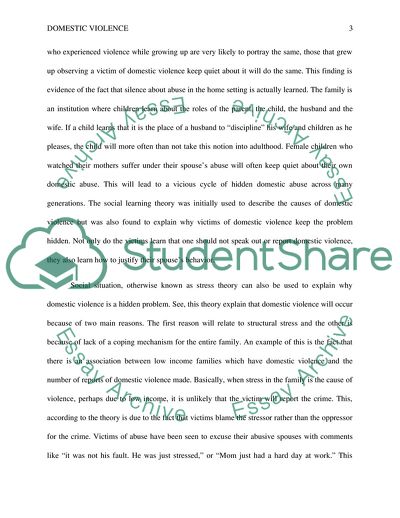Cite this document
(Drawing theoretical explanations and literature, discuss the notion Essay, n.d.)
Drawing theoretical explanations and literature, discuss the notion Essay. https://studentshare.org/sociology/1866588-drawing-theoretical-explanations-and-literature-discuss-the-notion-that-domestic-violence-be-described-as-a-hidden-problem
Drawing theoretical explanations and literature, discuss the notion Essay. https://studentshare.org/sociology/1866588-drawing-theoretical-explanations-and-literature-discuss-the-notion-that-domestic-violence-be-described-as-a-hidden-problem
(Drawing Theoretical Explanations and Literature, Discuss the Notion Essay)
Drawing Theoretical Explanations and Literature, Discuss the Notion Essay. https://studentshare.org/sociology/1866588-drawing-theoretical-explanations-and-literature-discuss-the-notion-that-domestic-violence-be-described-as-a-hidden-problem.
Drawing Theoretical Explanations and Literature, Discuss the Notion Essay. https://studentshare.org/sociology/1866588-drawing-theoretical-explanations-and-literature-discuss-the-notion-that-domestic-violence-be-described-as-a-hidden-problem.
“Drawing Theoretical Explanations and Literature, Discuss the Notion Essay”. https://studentshare.org/sociology/1866588-drawing-theoretical-explanations-and-literature-discuss-the-notion-that-domestic-violence-be-described-as-a-hidden-problem.


